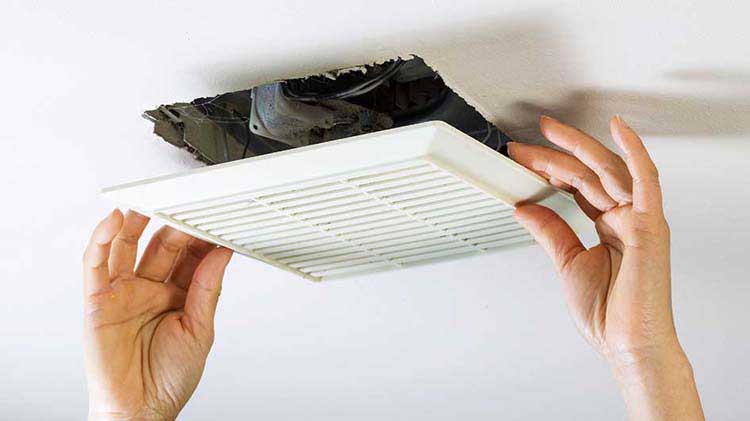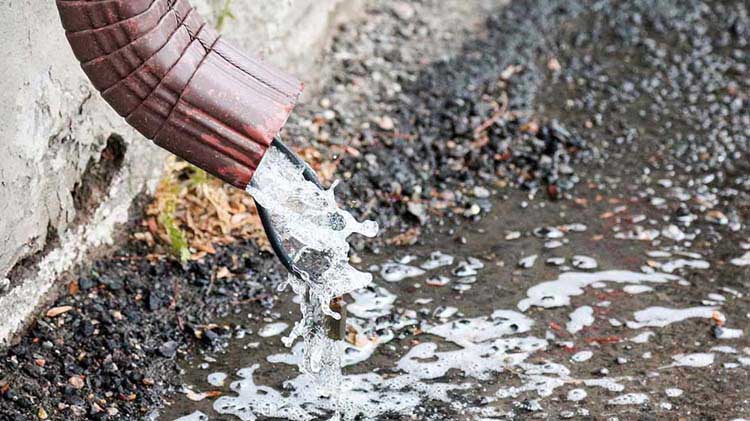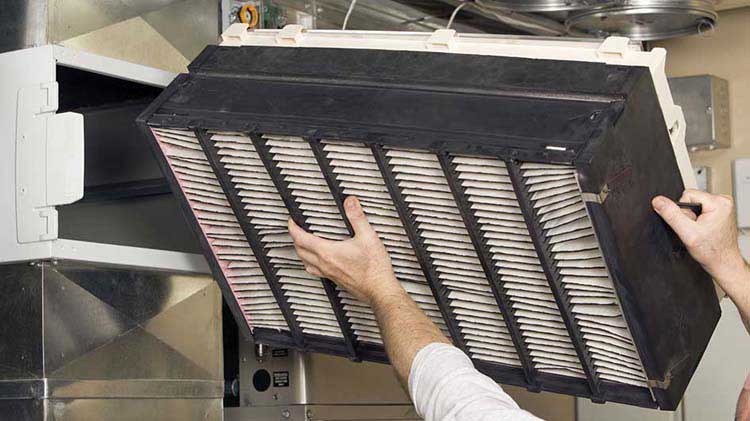How to stay safe and help prevent heat illnesses on humid days
Tips for dealing with extreme humidity.
Inside the home, high humidity or condensation could result in expansion, rot and indoor mold, which could threaten your health. Outdoor heat and humidity could cause a heat related illness such as heat stroke, heat exhaustion or possible breathing problems.
Here's what to know about the dangers of humidity and heat— and some safety tips to consider.
Indoor humidity tips
According to the EPA, indoor relative humidity should be below 60%, with 30 – 50% being ideal. Controlling moisture is very important in reducing the possibility for indoor mold.
Effects of high humidity on the body
Breathing difficulties
According to WebMD, humid air is harder to breathe which can aggravate breathing conditions such as COPD. Even asthma can be triggered by thunderstorms or humidity. Humidity may also trap pollutants such as mold, dust and dust mites.
Viruses
As your home reaches the ideal humidity level (below 60%), health issues like allergy and asthma symptoms, bacterial growth, virus prevalence and respiratory infections may be reduced. Think about maintaining your home’s ideal humidity level all year long.
What can you do to help avoid the dangers of humidity?
Inside: A dehumidifier can help pull moisture out of your home and improve air quality. Sealing air leaks and adding external vents to your stove and dryer may also help reduce humidity. Another common source of moisture in the home is the basement. For more ideas on humidity reduction in the home, read these tips.
Outdoors: Check the dew point rather than the humidity level. If the dew point is in the 60s or 70s, you may have a hard time cooling off. To avoid heat-related illness, limit your time outside, stay in the shade whenever possible, drink plenty of fluids and wear breathable fabrics such as cotton or linen.
Heat related illnesses
Heat can sometimes sneak up on you in the form of heat stroke, heat rash, heat exhaustion or heat cramps. Here are some things to watch out for:
Heat stroke
Heat stroke happens when the body's heat-regulating system is overwhelmed by excessive heat. It is a life-threatening emergency and requires immediate medical attention.
Heat stroke symptoms may include:
- High body temperature
- Confusion
- Headache
- Dizziness
- Hot, red or damp skin
Heat stroke treatment consists of calling 911, along with attempting to lower the person's body temperature by:
- Getting them to a shady area.
- Placing ice packs or cool wet towels on their neck, armpits and groin.
- Immersing them in cool water.
Heat exhaustion
Heat exhaustion results from a loss of water and salt in the body and occurs when the body no longer is unable to cool itself properly.
Heat exhaustion symptoms may include:
- Cool, moist skin with goose bumps (when in the heat)
- Dizziness
- Faintness
- Fatigue
- Headache
- Heavy sweating
- Low blood pressure upon standing
- Muscle cramps
- Nausea
- Weak, rapid pulse
Heat exhaustion treatments to try:
- Head inside to a cool location.
- Rehydrate with cold beverages.
- See that clothing is loose and lightweight.
- Use cold, wet towels on your skin.
- If symptoms get worse or last longer than an hour, call 911.
Heat rash
Heat rash occurs when the skin's sweat glands are blocked, and the sweat produced cannot get to the surface of the skin to evaporate.
Heat rash symptoms include:
- Skin breakout of small red blisters or bumps that resemble pimples
- Itchy or prickling sensation
Heat rash treatment typically consists of:
- Heading indoors where it’s cooler/less humid.
- Wearing lightweight clothing.
- Keeping the skin cool such as using an ice pack.
- Using baby powder on the affected area to help absorb perspiration and moisture (it might also help prevent additional rashes).
Heat cramps
These may occur during or after intense exercise or working in high temperatures.
Symptoms of heat cramps include:
- Muscle pain or spasms
- Heavy sweating
- Fatigue
Heat cramp treatments include:
- Stopping exercise immediately.
- Hydrating with water or a sports drink.
Whether you are biking to work or enjoying the outdoors with friends and family, remember:
- Staying hydrated before you become thirsty is very important.
- Wearing cotton and linen clothing that “breaths” can help you feel cooler.
- Taking breaks in the shade or inside with the air conditioner can help keep heat illnesses away.
And don’t forget about your pets and their summer safety.




